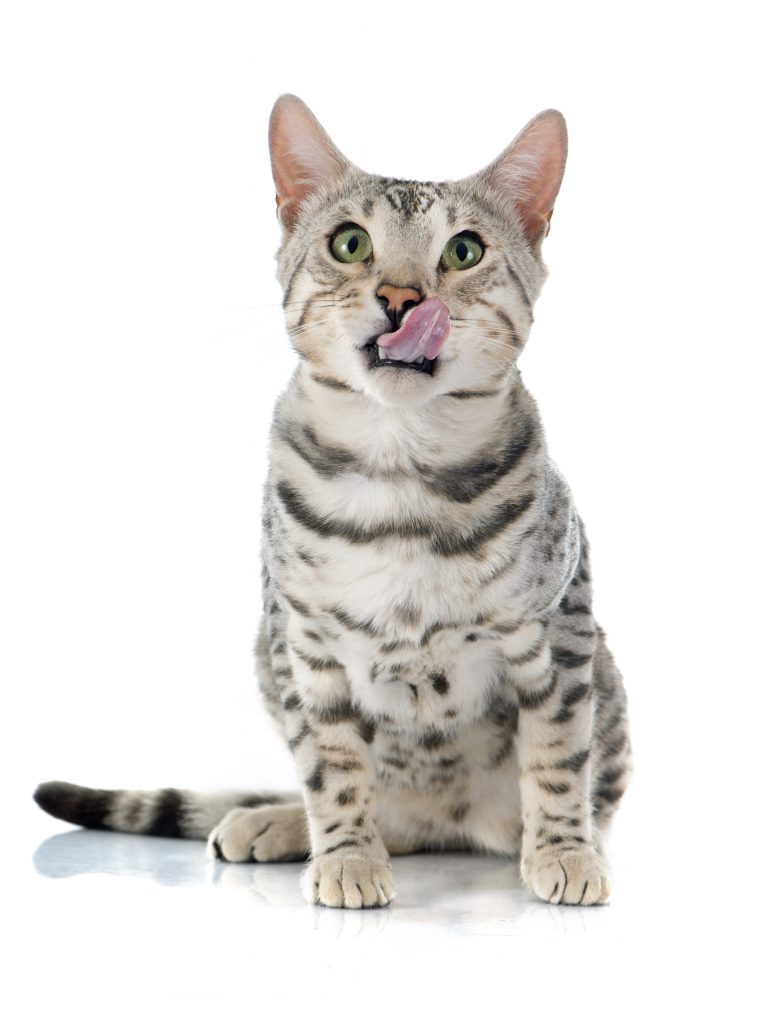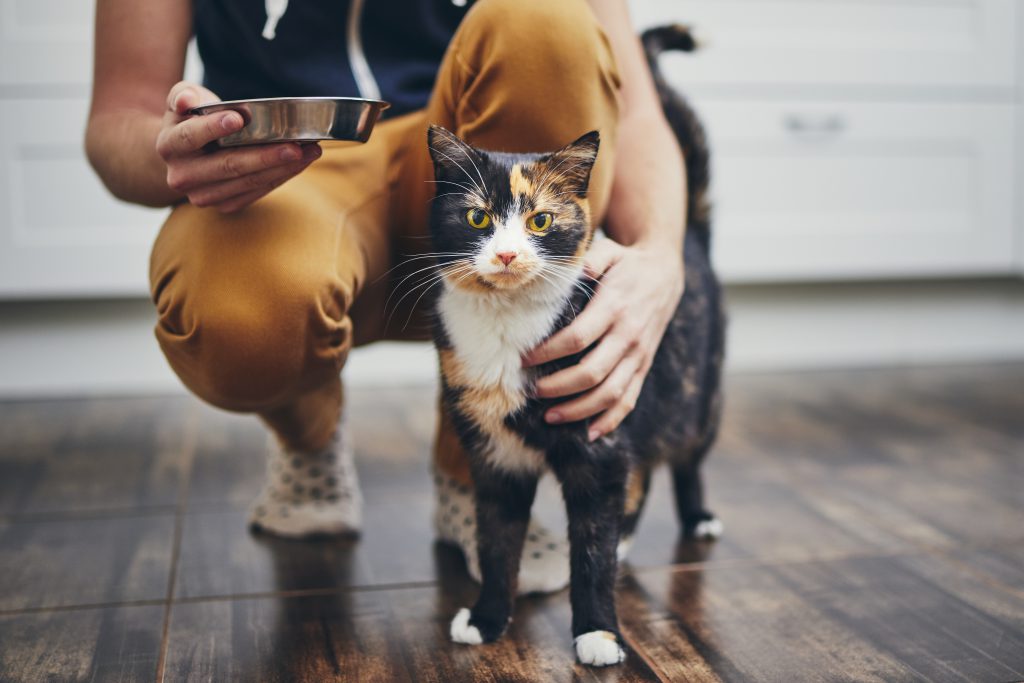I regularly speak with veterinary practitioners who are concerned about their patient’s acceptance of a food when they recommend a new diet, especially when it is one to help manage a disease. This is a valid concern as food is an expression of love for many pet owners and they may perceive that we are asking them to change the way they express love for their pet. Pet owners want to see their pets enjoying their food. They want to feel they are doing the best for their pet’s health, happiness and enjoyment of life.
At Hill’s Pet Nutrition we focus not only on the science behind the food, providing complete and balanced, life changing, life enhancing, and sometimes life-saving diets; we also have a focused approach to taste. The Hill’s Science & Technology Centre has employees dedicated to taste. Our advances in technology have enabled us to put our expertise into enhancing the overall TASTE experience.
But before moving into the science behind taste, there are a number of pet owners “mythperceptions” we need to debunk. Let’s investigate this further.
Pet owners believe the pet food tastes good to their pet if:

- Food is eaten eagerly
- Pet eats quickly
- No leftovers
- The pet asks for more
BUT does this actually mean the food is tasty?
When talking about taste, we look at flavour, shape, aroma, texture and kibble size, preferences which differ between cats and dogs. Not surprisingly, dogs have a great sense of smell, whereas for cats it is only a small component of the overall taste experience. Dogs prefer a softer, chewier texture, which is counterintuitive to our expectation, as a dog’s anatomy supports hard kibbles. Kibble shape and size matter! Our research shows that, relative to the size of the dog, a bigger kibble is better. Cats like a crunchy texture but are not keen on greasy surfaces or crumbs. Also, smooth kibble plays an important role in increasing acceptance. For cats, shape DOES matter—they don’t like donut shapes, preferring a disc, pillow or triangle. This relates to their ability to pick up the kibble and how the kibble breaks in their mouths.
There are thousands of ingredients available to deliver the same balanced nutrition. At Hill’s, we conduct ingredient tournaments to identify the ingredients pets prefer, and combine them to provide nutritionally balanced, great tasting food. This is especially crucial when developing foods for medical conditions where taste preference is altered, such as in cats with chronic kidney disease. Our understanding of taste has helped us develop a revolutionary taste technology for Hill’s Prescription Diet k/d. The technology is called E.A.T., which stands for Enhanced Appetite Trigger. Using this breakthrough Enhanced Appetite Trigger (E.A.T.) technology, we can match the unique taste profiles of cats suffering chronic kidney disease with specific ingredients to improve their appetites.
Processing to ensure the food is cooked correctly to provide a consistency the pet enjoys is just as important; everything needs to be JUST RIGHT.

A single pet food can have up to 200 flavour/aroma molecules. By way of comparison, the human nose is only able to identify 15 to 20 molecules, and that’s on a good day. Dogs and cats are more sensitive, so to understand what it is they are smelling and tasting, we turn to our analytical lab, which uses sophisticated techniques to unravel the complexities of aromas and flavours.
Each aroma is individually fractionated, identified at a molecular level and then assessed for odour-active molecules. Our highly trained scientists have been able to identify more than 3,500 different molecules. A mass spectrometer is used to provide a chromatogram, the analytical fingerprint, while the human operator detects the odour-active molecules. The sum of these adds up to the overall “smell” of the product. This technique allows us to form the perfect flavour by amplifying aromas known to be attractive to dogs and cats.
Next, we need human words for the smells pets prefer so we can talk about the food. This is where the Human Sensory Panel comes in. This panel assigns adjectives to the smells so we have a language to talk about pet preferences, like ‘earthy’ or ‘savoury’. The Human Sensory Panel is a highly trained group of elite noses! This panel is analogous to a well-tuned orchestra. They characterise our ingredients and finished products to construct “aroma maps” which are the “fingerprint” of each sample.
These processes allow rapid refinement and improvement from a prototype diet to a conceptual diet and has allowed us to learn what attributes are liked by dogs and cats…interestingly these are not always intuitive. For example, cats tend to prefer a “smoked” or “well done” profile over a “rare” or “bloody” profile which is strange.
Now we come to the nitty gritty of the Science of Taste. The most important tool here is the preference test, which is a taste test for dogs and cats. Through science, we are capturing the preferred taste of the most important variable, which is THE PET. In these tests, dogs and cats are presented with two foods, and are allowed to choose the one they prefer to eat. The test takes place over two days, with the amount of each food eaten during this period being measured, thus providing statistical information on preference.
So what are the key messages on producing and assessing palatable pet food?
- Pet owners’ perceptions of palatability may not reflect those of the pets
- Palatable food is acceptable or pleasing in terms of small, taste and texture
- Smell and taste senses are interrelated, but may vary in dogs and cats according to breed and age
- Texture is important for both dogs and cats, but dogs and cats prefer different textures
- High quality are essential to achieving good palatability
- High palatability is not the same as balanced nutrition
- The manufacturing process may influence the nutritional quality as well as the palatability of the food
- A pet’s perception of palatability may be affected by illness and/or treatments

Blog by Penny Dobson BVSc MACVSc
Penny is a graduate of the University of Queensland with a Bachelor of Veterinary Science (BVSc) and attained membership of the Australian College of Veterinary Scientists in Canine Medicine 1992 by examination. She was aMember of the Animal Experimentation Ethics Committee of the Microresearch Foundation 1991-1992.
Penny has worked as a clinician in small animal practice Sydney Metropolitan area for 30 yrs and is a Veterinary Practice owner with her husband, Paul Hansen of Woollahra Veterinary Hospital.
Penny has been involved in the Australian Veterinary Association (AVA) as Secretary Sydney Metropolitan Practitioners Branch for 12 years and recipient of the AVA Meritorious Service Award 2002. She is also an active member of the ASAVA. Nutrition is a passion for Penny and she is the Hill’s HelpLine Manager with the Veterinary Nutritional Consultancy team with a focus on uroliths, kidney, obesity, immune diseases and their management.
